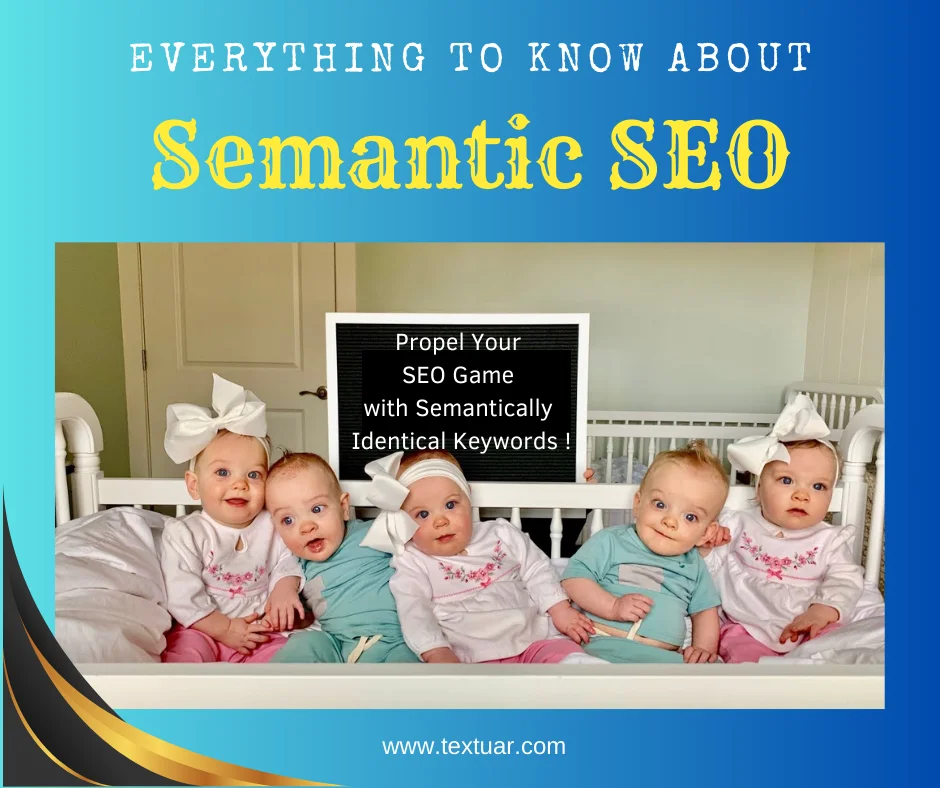Trending Content Writing Strategies for 2024

Content writing has become the backbone for many successful marketing initiatives for companies of all sizes. It is a fantastic tool that can raise your business’s income and improve your SEO to build brand loyalty. It is impossible to overestimate the importance of well-versed content from a content writing agency. Companies all around the world […]
Google’s Content Writing Guidelines for Digital Success

Many people consider content writing to be merely filling a page with random words. But in my experience over the last 15 years, I have come to view it as a strategic process. It is true that businesses may want to leverage well-articulated content to educate their audience or persuade them to take a certain […]
What are the Elements of a Strong Content Strategy?

If you have been working in the content creation field, you may have seen a silent shift. The role of content experts is undergoing a significant transformation. Earlier, they were primarily seen as content creators. But now, the content writers are stepping into a new role as strategic content partners for businesses. The shift towards […]
How to Use Semantic SEO in Content to Rank Higher?

SEO webmasters would agree when we say that the world of SEO undergoes rapid updates every few months or so. Take the case of keywords. Keywords have long been the backbone of SEO content. However, an interesting evolution is taking place now. At our content writing agency, we are increasingly witnessing the massive gains unlocked […]
8 Content Writing Trends in 2023 that will Cause a Boom

Kim has been a prolific content writer. As we look forward to welcoming 2023, she is looking to leverage content writing to maximize organic growth for her clients cost-effectively. But with the ever-changing content writing landscape, it is challenging for her to know which areas to focus on more. After all, narrowing down her focus […]

